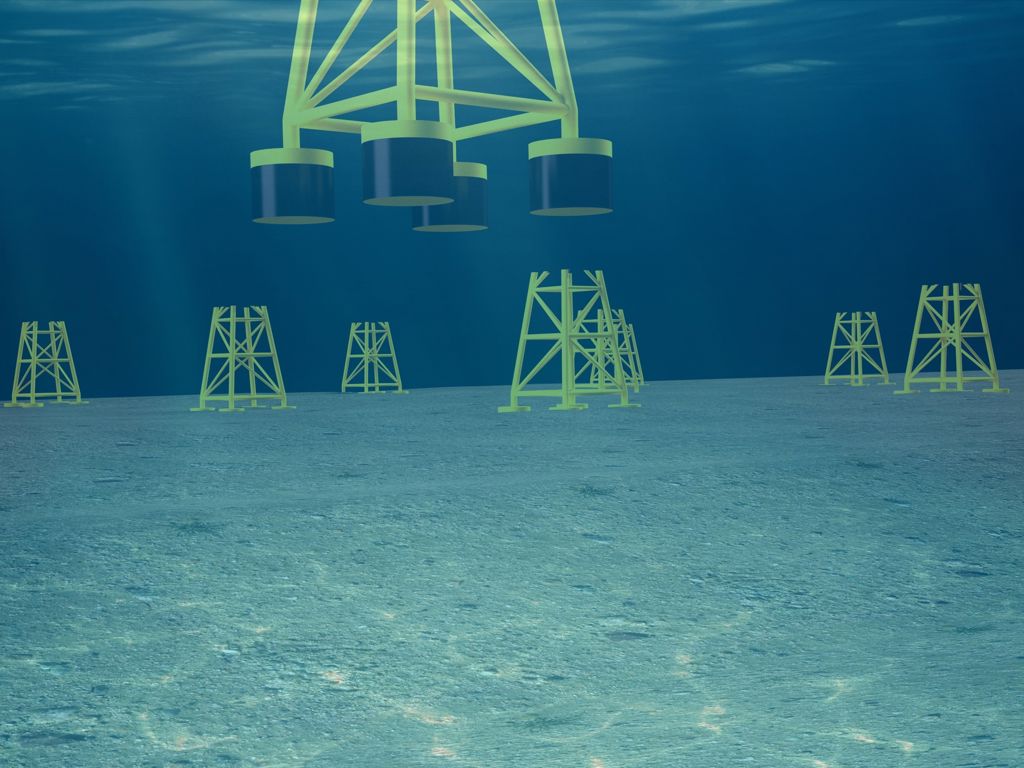Improved methods for measuring hydraulic conductivity sands and silts
The main objective of this master thesis is to advance the state of the art of measuring hydraulic conductivity in sands and silts.

A range of geotechnical engineering applications requires high-quality input of hydraulic conductivity, e.g. suction bucket installation in the sand, design of gravity base structures on the sand, tailings dam flow assessment, transport analyses (chemical waste, heat or CO2) stability assessments etc.
However, in design, attention is often directed towards the method of analysis rather than the hydraulic conductivity itself, which yields erroneous results. No other property of importance is likely to exhibit an equivalently large range of values, from coarse-grained to fine-grained soils. The hydraulic conductivity may change by up to 10 orders of magnitude!
The hydraulic conductivity of granular soils depends mainly on the cross-sectional area of the pore channels, which is strongly influenced by the properties of the smallest grain sizes. Reliable, direct measurements of hydraulic conductivity in sands with and without fines are generally challenging considering the detrimental effect of sand reconstitution on particle orientation and state.
To improve industry practice for the characterisation of the permeability of geomaterials, the NGI project SP14 GeoPerm was established in 2020. NGI offer to carry out an MSc program parallel to this project with the topic of in-situ hydraulic conductivity measurements in the sand.

A list of potential activities, which can be part of the master thesis and/or pre-project, is provided below and briefly explained in the text. The final scope of work will be discussed and agreed upon between students and advisors.
- Comprehensive literature review
- Effect of anisotropy of hydraulic conductivity in element scale laboratory testing (horizontal and vertical flow)
- Laboratory model testing of in-situ tools in NGI's test bin (1g model testing)
Back-calculation of laboratory tests of in-situ tools using large-strain finite element simulations - A parametric study using small strain finite element analyses for selected methodologies
- Propose new interpretation methodologies for selected in-situ techniques based on the above activities
- Evaluation of the impact of new interpretation methodology.
- 2D desktop tank testing, Effect of sample disturbance on the measured hydraulic conductivity
A literature review should be carried out to present an overview of available in-situ techniques for measuring hydraulic conductivity. As part of the literature review, important aspects of each methodology should be outlined including test applicability, reliability etc.
From early 2022, laboratory testing of in-situ techniques will be carried out in a 1g test bin at NGI. The student will conduct tests using the selected methodology from the literature review and analyse the results.
There will be opportunities to carry out element-scale testing on equivalent sand samples as in the large-scale test bin. Finite element analyses can support the findings from laboratory tests, e.g. back-calculation of lab results, parametric study, the effect of good development using large strain finite element analyses etc.
It is encouraged to combine the results from the above activities into recommendations for revised interpretation methodologies and evaluation of the revised interpretation methodology impact.

Aleksander Sæthereng Gundersen
Project Engineer I Advanced Modelling aleksander.sethereng.gundersen@ngi.no+47 418 41 333